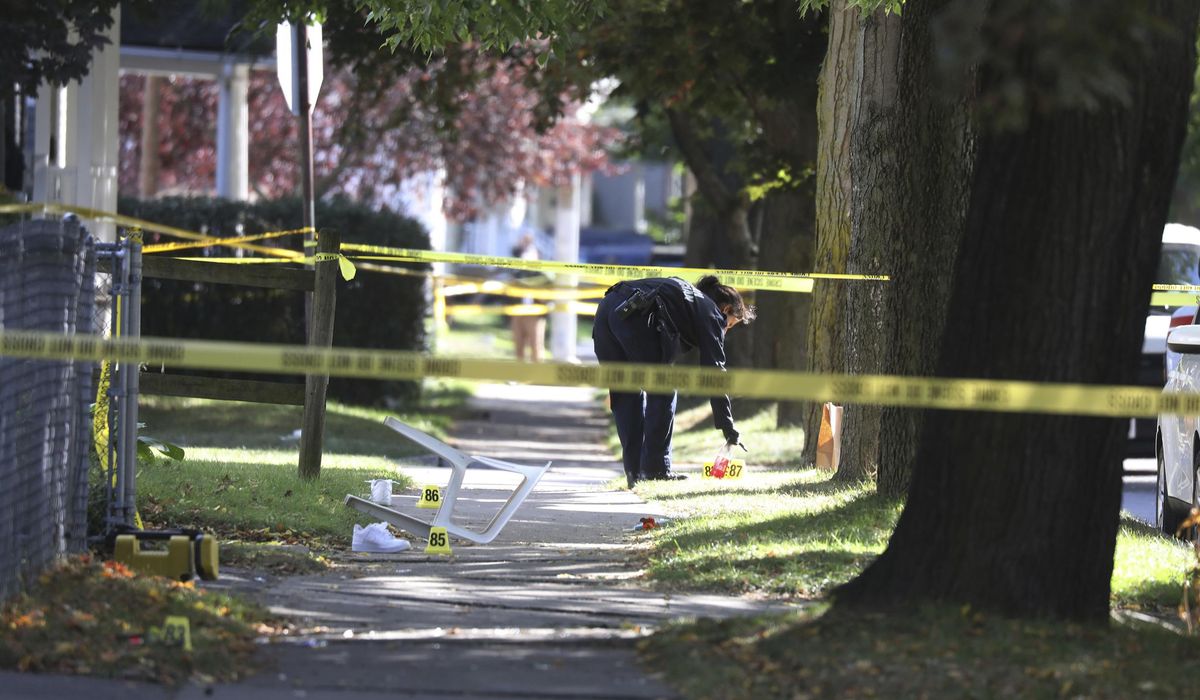


Shooting deaths among young men in poor neighborhoods boosted the national cost of youth violence during early COVID-19 lockdowns, a team of federal researchers has found.
Four National Center for Injury Prevention and Control researchers published the findings Monday in JAMA Pediatrics. The center is part of the Centers for Disease Control and Prevention.
The researchers estimated the combined costs of medical care, lost work productivity, reduced quality of life and avoidable death for violent crimes involving youths aged 10-24 rose from $105 billion in 2015 to $122 billion in 2020. The surge came as pandemic lockdowns shuttered schools and other social outlets that year.
“The greatest share of this burden was from firearm homicides among males, which spiked in 2020 — the advent of the COVID-19 pandemic — to over 5,400 such devastating deaths, even while [emergency room] visits for nonfatal assault injuries among youth were at their lowest level for the observation period,” Cora Peterson, a co-author of the study and health economist at the CDC’s Injury Center, told The Washington Times.
States and communities struggling with violent youth crimes should contact the center for prevention resources, she added.
According to the study, the most recent national figures show youth visits to hospital emergency rooms for nonfatal assaults dropped by 20% before the pandemic — from 465,638 in 2015 to 367,505 in 2019 — as their economic burden fell from $50 billion to $42 billion.
The tally of nonfatal ER visits declined further in 2020, hitting 303,078.
The researchers noted that the total annual economic burden of youth violence grew by 17% from 2019 to 2020 because youth homicides surged by 36% — from 4,965 to 6,751 — over those two years. More than 9 in 10 youth homicides in 2020 involved firearms, and most shootings occurred in low-income neighborhoods.
“The economic burden merits further investigation because youth violence disproportionately affects high-poverty communities,” the researchers wrote.
For more information, visit The Washington Times COVID-19 resource page.
• Sean Salai can be reached at ssalai@washingtontimes.com.
